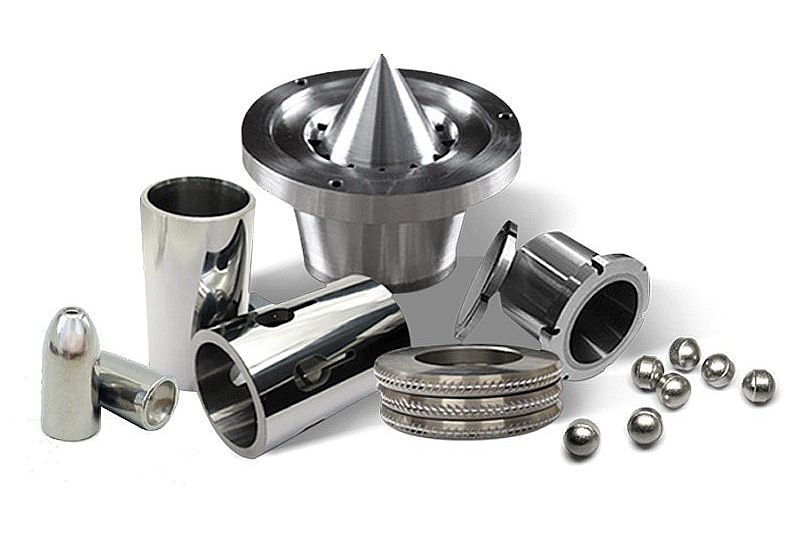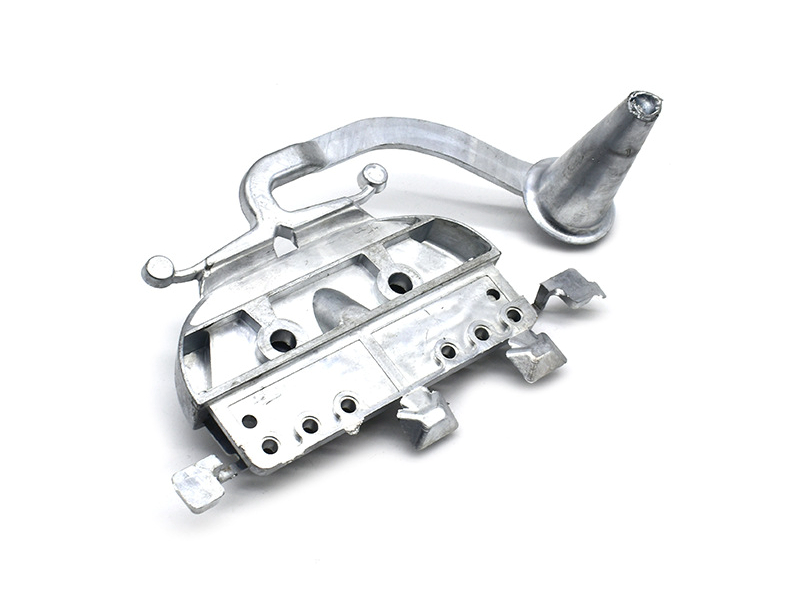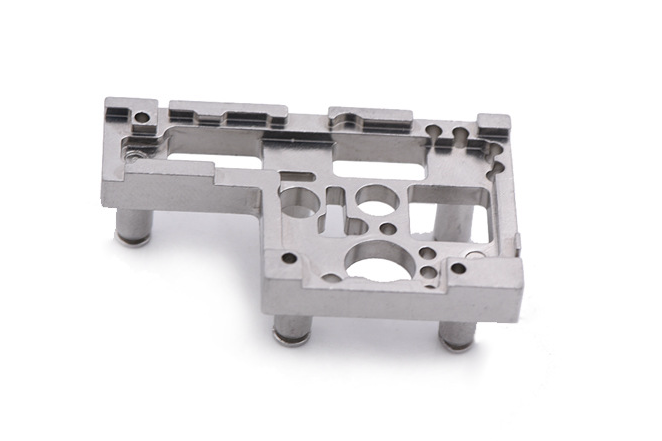How does Neway ensure precision of RF dimensions in mass production?
Consistent RF performance in mass production depends on achieving extremely tight dimensional control, especially for cavity geometries, mating interfaces, connector pins, and waveguide transitions. At Neway, we combine design-for-manufacturing principles, MIM/casting process control, metrology, and RF validation to ensure that every production lot meets dimensional and electrical specifications. This level of precision is critical in telecommunication, radar, and high-speed data transmission hardware, where even minor deviations can shift resonant frequency or degrade impedance matching.
Design for Precision and RF Functionality
Dimensionally critical features are identified during the design phase using EM simulation. These include chamber lengths, coupling slot widths, connector taper geometry, and interface flatness. Before tooling is finalized, we validate RF-sensitive dimensions using CNC machining prototyping or 3D printing prototyping to correlate simulated RF results with physical measurements. Only after that are designs transitioned to volume processes such as metal injection molding or precision casting.
Process Control in Mass Production
In MIM, materials such as MIM-4140 or MIM 316L allow near-net shaping of complex RF parts. To control shrinkage during debinding and sintering, Neway employs empirical shrinkage factors, controlled furnace atmospheres, and rigorous feedstock management. Each batch is monitored through SPC methods, and tool wear is tracked to maintain dimensional repeatability.
For casting options such as cast aluminum or cast stainless steel, gating, mold filling, and cooling rates are optimized through simulation to minimize warpage. Additional machining may be applied using CNC machining after casting, especially on sealing faces and RF junctions.
Inspection and Measurement Technologies
Dimensional control is enforced using 3D scanning, CMM, and in some cases CT scanning for internal cavity verification. Highly polished or plated surfaces are evaluated for consistency using surface roughness measurement before full RF testing. For mating connectors or waveguide flanges, flatness and parallelism are measured to ensure stable impedance and return loss.
Parts that require critical RF dimensions are designated in control plans and linked with specific inspection steps. Samples from each production batch are evaluated using VNA (vector network analyzer) to verify that frequency response and insertion loss remain within the validated range.
Surface Finishing and Accuracy Maintenance
Mechanical precision alone is not sufficient if surface conditions vary. To stabilize conductivity and reduce RF loss, post-processing stages include electropolishing, polishing, and controlled plating. Thickness and uniformity of plating are verified to ensure minimal deviation in RF properties. Surface treatments also help protect dimensional stability over time by preventing corrosion or wear.
Production Validation and Reliability
Before mass production begins, pre-production samples undergo RF testing across temperature ranges and environmental conditions. Any drift in dimensions or RF performance leads to tooling adjustments. Even after the production is stable, routine quality audits ensure that both dimensional and RF parameters are continuously maintained.
Critical dimensions are modeled and validated during prototyping.
Process parameters for MIM and casting are controlled with statistical monitoring.
Metrology tools confirm cavity accuracy and connector geometry.
Surface finishing techniques maintain conductive and sealed interfaces.
RF testing verifies performance consistency across batches.



